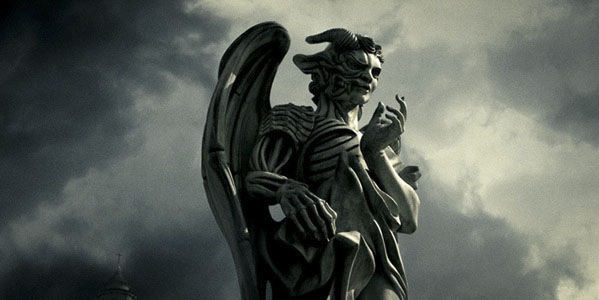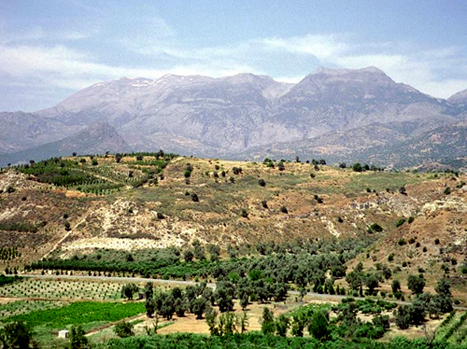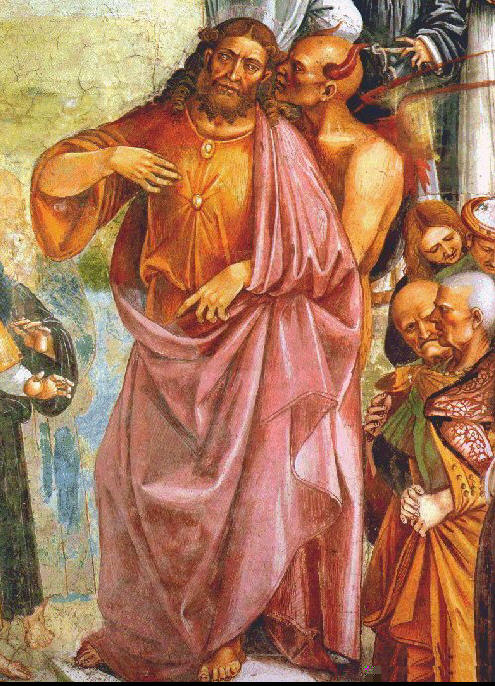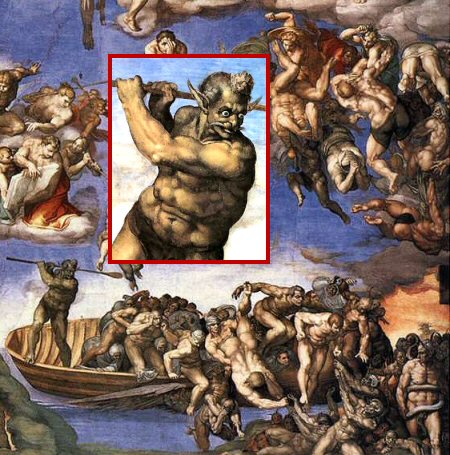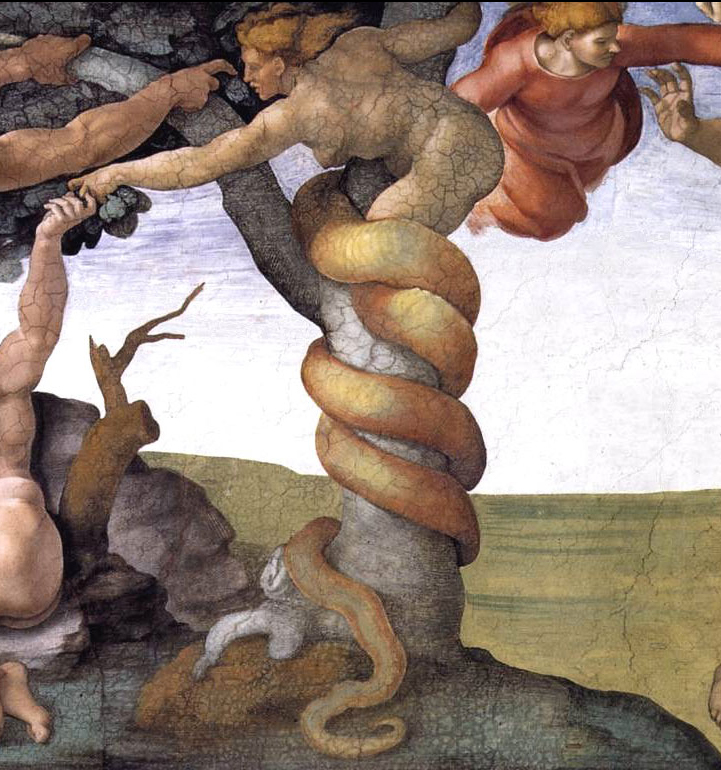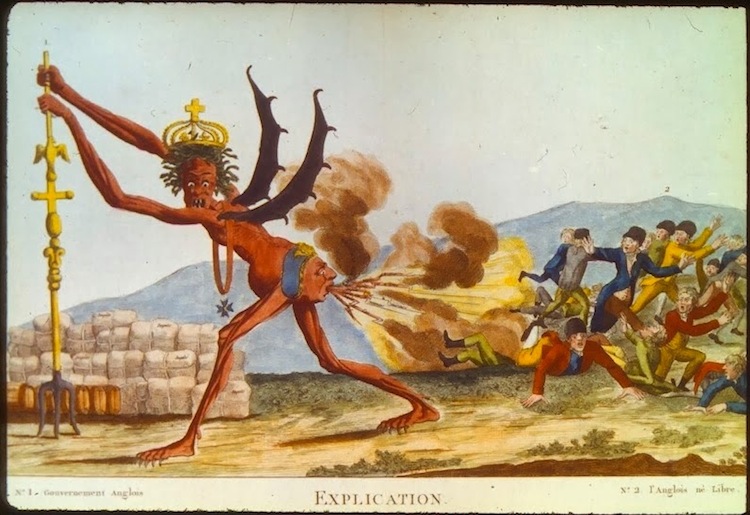Page 480
lasting life — might be saved. D’Aubignee cites the quotation by Martin Luther from the canon, and makes him exclaim, in ecstatic rapture: “O beata culpa, qui talem meruisti redemptorem!” O blessed sin, which didst merit such a Redeemer. We now perceive that the dogma which had appeared so monstrous is, after all, the doctrine of Pope, Calvin, and Luther alike — that the three are one.
Mahomet and his disciples, who held Jesus in great respect as a prophet, remarks Eliphas Levi, used to utter, when speaking of Christians, the following remarkable words: “Jesus of Nazareth was verily a true prophet of Allah and a grand man; but lo! his disciples all went insane one day, and made a god of him.”
Max Muller kindly adds: “It was a mistake of the early Fathers to treat the heathen gods as demons or evil spirits, and we must take care not to commit the same error with regard to the Hindu gods.”
But we have Satan presented to us as the prop and mainstay of sacerdotism — an Atlas, holding the Christian heaven and cosmos upon his shoulders. If he falls, then, in their conception, all is lost, and chaos must come again.
This dogma of the Devil and redemption seems to be based upon two passages in the New Testament: “For this purpose the Son of God was manifested, that he might destroy the works of the Devil.” “And there was war in heaven; Michael and his angels fought against the Dragon; and the Dragon fought, and his angels, and prevailed not; neither was their place found any more in heaven. And the great Dragon was cast out, that old serpent, called the Devil and Satan, which deceiveth the whole world.” Let us, then, explore the ancient Theogonies, in order to ascertain what was meant by these remarkable expressions.
The first inquiry is whether the term Devil, as here used, actually represents the malignant Deity of the Christians, or an antagonistic, blind force — the dark side of nature. By the latter we are not to understand the manifestation of any evil principle that is malum in se, but only the shadow of the Light, so to say. The theories of the kabalists treat of it as a force which is antagonistic, but at the same time essential to the vitality, evolving, and vigor of the good principle. Plants would perish in their first stage of existence, if they were kept exposed to a constant sunlight; the night alternating with the day is essential to their healthy growth and development. Goodness, likewise, would speedily cease to be such, were it not alternated by its opposite. In human nature, evil denotes the antagonism of matter to the spiritual, and each is accordingly purified thereby. In the cosmos, the equilibrium must be preserved; the
Page 481
operation of the two contraries produce harmony, like the centripetal and centrifugal forces, and are necessary to each other. If one is arrested, the action of the other will immediately become destructive.
This personification, denominated Satan, is to be contemplated from three different planes: the Old Testament, the Christian Fathers, and the ancient Gentile altitude. He is supposed to have been represented by the Serpent in the Garden of Eden; nevertheless, the epithet of Satan is nowhere in the Hebrew sacred writings applied to that or any other variety of ophidian. The Brazen Serpent of Moses was worshipped by the Israelites as a god; being the symbol of Esmun-Asklepius the Phoenician Iao. Indeed, the character of Satan himself is introduced in the 1st book of Chronicles in the act of instigating King David to number the Israelitish people, an act elsewhere declared specifically to have been moved by Jehovah himself.The inference is unavoidable that the two, Satan and Jehovah, were regarded as identical.
Another mention of Satan is found in the prophecies of Zechariah. This book was written at a period subsequent to the Jewish colonization of Palestine, and hence, the Asideans may fairly be supposed to have brought the personification thither from the East. It is well-known that this body of sectaries were deeply imbued with the Mazdean notions; and that they represented Ahriman or Anra-manyas by the god-names of Syria. Set or Sat-an, the god of the Hittites and Hyk-sos, and Beel-Zebub the oracle-god, afterward the Grecian Apollo. The prophet began his labors in Judea in the second year of Darius Hystaspes, the restorer of the Mazdean worship. He thus describes the encounter with Satan: “He showed me Joshua the high-priest standing before the angel of the Lord, and Satan standing at his right hand to be his adversary. And the Lord said unto Satan: ‘The Lord rebuke thee, O Satan; even the Lord that hath chosen Jerusalem rebuke thee: is not this a brand plucked out of the fire?’ “

Moe is the founder of GnosticWarrior.com. He is a father, husband, author, martial arts black belt, and an expert in Gnosticism, the occult, and esotericism.

